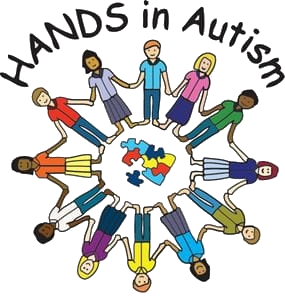Why Do People with Autism Stim?

Stimming, short for self-stimulatory behavior, refers to repetitive body movements or actions that individuals with autism spectrum disorder (ASD) may engage in to regulate their sensory experiences and emotions. While stimming behaviors can vary widely among individuals with autism, common examples include hand-flapping, rocking, spinning, and vocalizations.
Stimming serves various purposes for individuals with autism, including self-soothing, self-regulation, and sensory modulation. Many individuals with autism may stim in response to overwhelming sensory stimuli or to express excitement, joy, or anxiety. Stimming can also provide a sense of comfort and predictability in unfamiliar or challenging environments.
It is essential to recognize that stimming is a natural and normal behavior for individuals with autism and should not be seen as problematic or undesirable. Stimming is a coping mechanism that helps individuals with autism navigate the sensory and social complexities of the world around them.
Furthermore, stimming can serve as a form of communication for individuals with limited verbal skills or difficulty expressing their emotions verbally. By observing a person’s stimming behaviors, caregivers, educators, and healthcare professionals can gain valuable insights into the individual’s emotional state and sensory needs.
While stimming is a common feature of autism, it is essential to understand that not all individuals with autism engage in stimming behaviors, and the frequency and intensity of stimming can vary greatly among individuals. It is crucial to respect and support each individual’s unique needs and preferences regarding stimming.
In conclusion, stimming is a natural and adaptive behavior for individuals with autism, serving important functions related to sensory processing, emotional regulation, and communication. By understanding and accepting stimming behaviors, we can better support and empower individuals with autism to navigate the world in ways that are meaningful and fulfilling to them.


